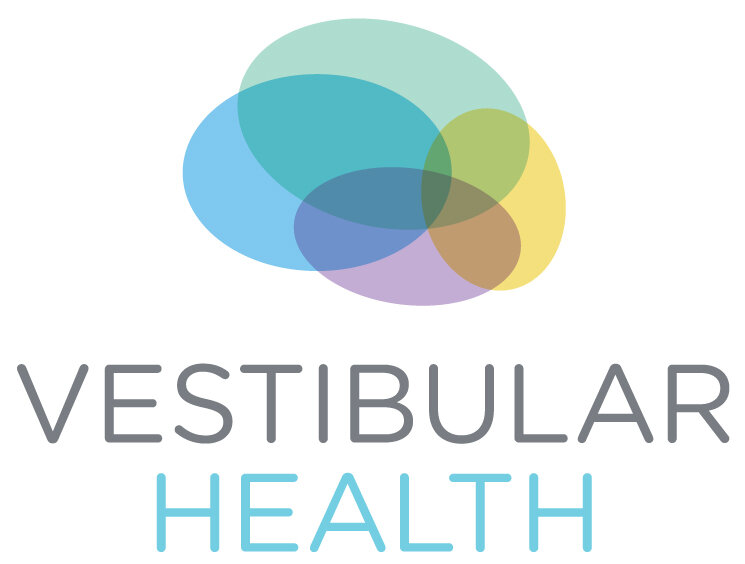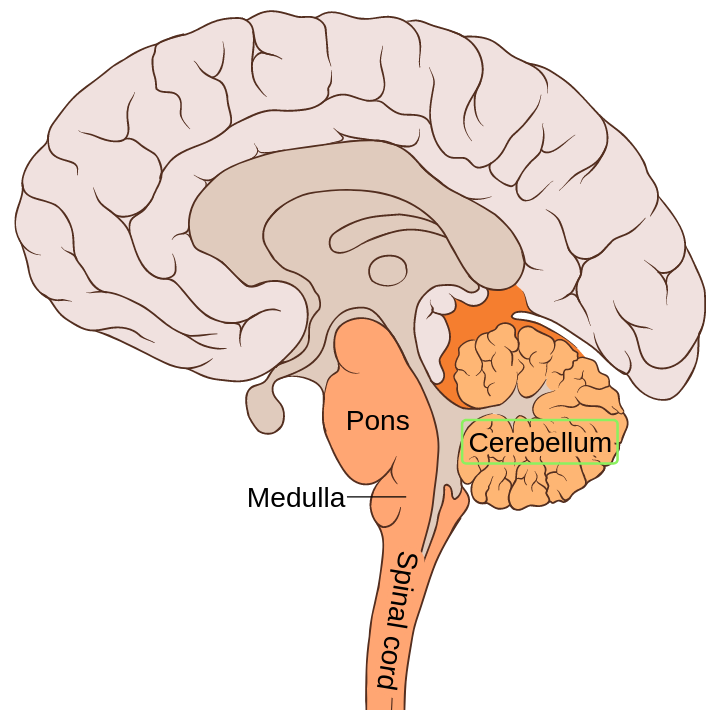Rare vestibular conditions: Cerebellar ataxia with bilateral vestibulopathy (CABV)
Vestibular disorders cause problems with dizziness and imbalance. Vestibular disorders can be central, which means the dysfunction is in the brain and brainstem, or they can be peripheral, which means the dysfunction in the inner ear.
CABV is a central and peripheral vestibular disorder that can benefit from specialized physiotherapy treatment. Read on to learn more about CABV, common symptoms, diagnosis, treatment, and the role of vestibular rehab.
What is CABV?
CABV stands for Cerebellar Ataxia with Bilateral Vestibulopathy. It is a syndrome where two problems occur together.
Cerebellar dysfunction - The cerebellum is the part of the brain that controls coordination. Ataxia means a problem with muscle control and coordination. Cerebellar ataxia describes coordination problems due to dysfunction in the cerebellum. In people with CABV, cerebellar problems also cause eye movement abnormalities such as nystagmus and an inability to move the eyes smoothly.
Vestibular dysfunction - Your vestibular system is the part of your inner ear responsible for balance and being able to see clearly when you are moving. Vestibulopathy means that this system has lost function and is not working normally. This leads to problems with balance and gaze stability. In CABV this problem affects both ears, known as bilateral vestibular loss.
What are the symptoms of CABV?
Symptoms usually start gradually and slowly become worse over time.
Symptoms of cerebellar ataxia:
Coordination problems
Problems with walking
Involuntary eye movements (nystagmus)
Slow slurred speech (dysarthria)
Problems swallowing (dysphagia)
Symptoms of vestibular loss:
Problems with balance
Feeling unsteady when walking or standing
Blurry or jumpy vision when your head moves (oscillopsia)
Falls (especially in the dark or on uneven ground)
How do you know if I have CABV?
CABV is most often diagnosed by a neurologist, neurotologist, or ENT specialist after a comprehensive clinical interview and examination. The examination includes looking at your eye movements and coordination and clinical tests of inner ear balance functions. You are usually sent for vestibular function tests and MRI.
An experienced physiotherapist with advanced training in vestibular rehabilitation will recognize signs of a central (i.e. brain-related) vestibular problem during their assessment, and can help you navigate referral to medical specialists if needed.
Treatment for CABV
Treatment is focused on managing symptoms. Currently, there are no treatments that slow or reverse the progression of CABV.
Vestibular rehabilitation physiotherapy can help with dizziness, balance, and mobility.
Vestibular rehab for CABV
Vestibular physiotherapy for CABV is usually focused on balance training, gaze stability exercises, and gait training, but can also include habituation exercises and strengthening exercises. Treatment is individualized and focuses on your specific problems and goals, and typically includes daily exercises for you to work on at home.
CABV is a rare disorder, so you may benefit from seeing a vestibular rehabilitation physiotherapist who understands and can recognize signs of this condition, and who has experience helping people with this condition.
Want to learn more about how vestibular rehab could help? Call us to speak with one of our physiotherapists.
Thumbnail image source: commons.wikimedia.org
-
Pothier DD, Rutka JA, Ranalli PJ. Double Impairment: Clinical Identification of 33 Cases of Cerebellar Ataxia with Bilateral Vestibulopathy. Otolaryngol Head Neck Surg. 2012;146(5):804-808. [link]
Migliaccio AA. Cerebellar ataxia with bilateral vestibulopathy: description of a syndrome and its characteristic clinical sign. Brain. 2004;127(2):280-293. [link]
Hassannia F, Misale P, Sulway S, et al. Effectiveness of vestibular rehabilitation therapy in patients with idiopathic Cerebellar Ataxia with Bilateral Vestibulopathy (iCABV). Journal of Vestibular Research. 2022;Preprint:1-7. [link]


